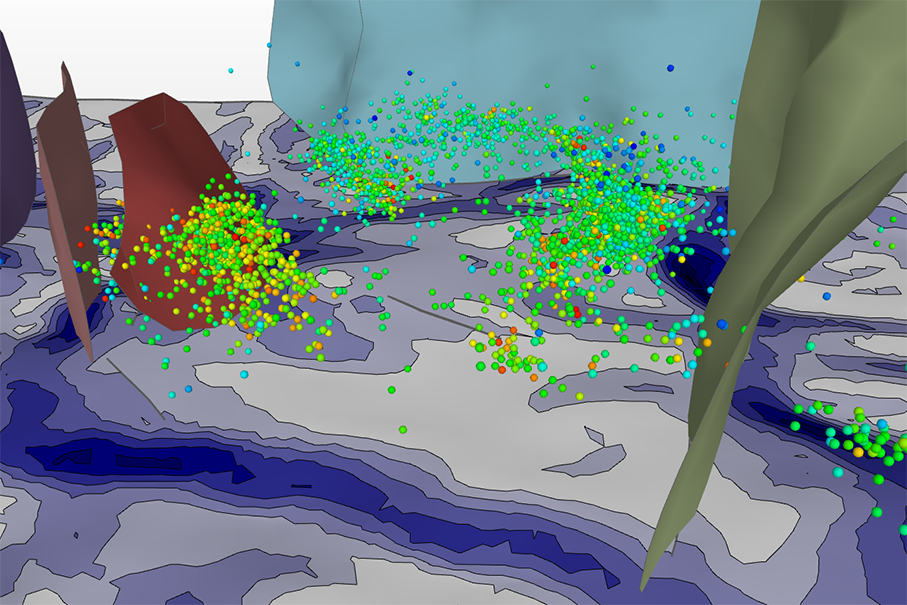
A reliable, calibrated geomechanical model and a detailed description of the natural seismicity in the region are the base for the monitoring strategy of any CO2 storage site. We combine in depth microseismic and geomechanical expertise with a technology platform tailored to these needs of your CCS project.
Geomechanical Model and Interpretation: The model of stresses and mechanical properties in the reservoir formation and the overburden is crucial to predict the mechanical risks and behavior during and after the injection phase. All available data are used to derive and calibrate the geomechanical model. Based on this model risks are identified and mitigation strategies proposed. Experts at our partner Subsurface Alliance bring in depth expertise and global project experience to your CCS project.
Define the Baseline: To interpret monitoring results during and after injection a detailed understanding of the geologic structure, natural fault system, stress and pore pressure state, and the naturally occuring seismiicity in the region needs to be established. This is a prerequisite to identify changes compared to the pre-injection status.
Optimize Seismic Monitoring: Results of microseismic monitoring are strongly dependent on position and layout of the obervation network and on the type of instrumentation. We provide the expertise to design a microseismic monitoring program that optimizes coverage and event detection threshholds versus program cost.
Process and interpret monitoring data: The Carbon Guardian system provides in-build event detection and localization processes and visualizes the events in the context of the geological model of the storage site. If increased and unexpected seimic activity is recorded, we offer further in depth analysis and interpretation to identify root causes and define a mitigation strategy supporting any potential reviews by authorities or communications with public. Our geomechanical and microseismic specialists will work hand-in-hand with your team in such an analysis.

